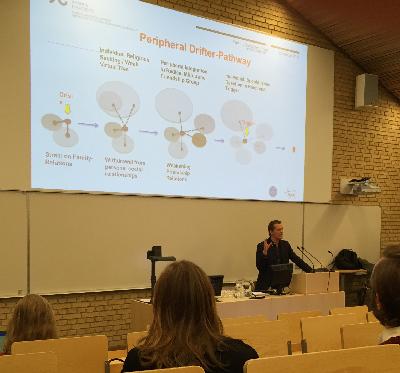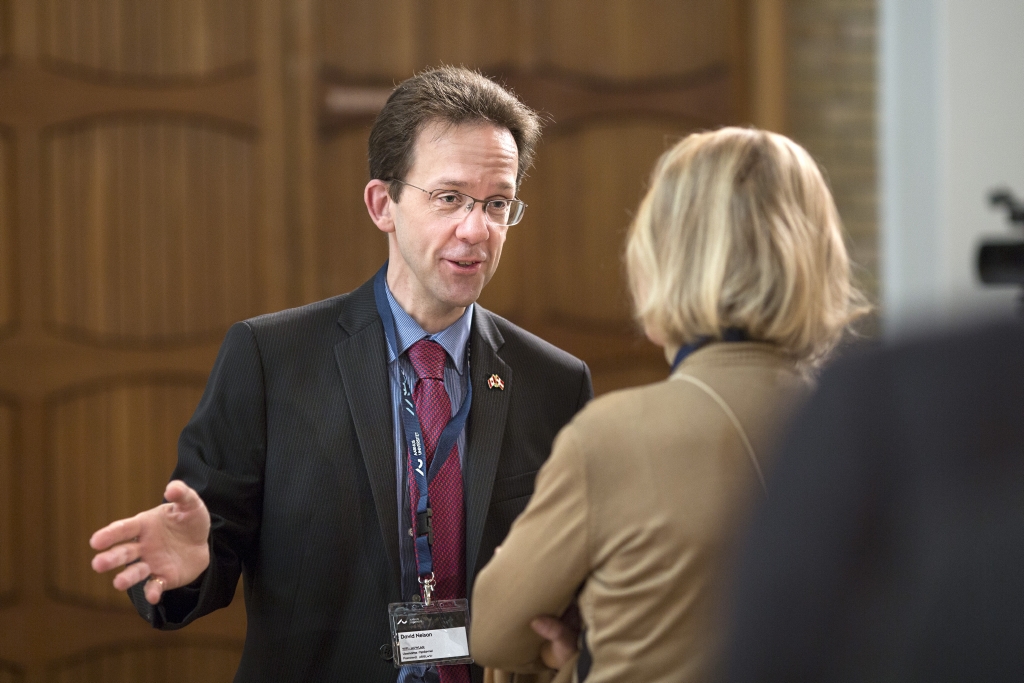Lone Terrorists Not That Lonely: Aarhus BSS Researcher
If lone terrorists were really alone and radicalised in complete isolation from surrounding society, they would be impossible to intercept. But scientific evidence shows that they are in fact less detached from their surroundings than is commonly believed, which makes it possible for the authorities to detect them in time, according to a researcher from Aarhus BSS, Aarhus University.

“Lone actors don’t seem to be that lonely after all,” Lasse Lindekilde, an associate professor at the Department of Political Science, told an audience on Monday.
“Very often these people at different points in time in their radicalisation are actually in contact with radical milieus, radical individuals, online as well as offline.”
One year after the shootings
Lindekilde was speaking at a seminar titled “Paris – Copenhagen – Paris: Countering Radicalisation and Terrorism One Year After the Copenhagen Shootings." The seminar was held a year to the day after Omar El-Hussein, 22, went on a rampage in the Danish capital, killing two, before being gunned down by police himself.
At the seminar, Lindekilde presented the first findings of a large international research project “Preventing, Interdicting, and Mitigating Extremism: Defending Against Lone Actor Extremist Events.” The six-university project has investigated a total of 140 cases of individual terrorist acts in order to find common recurring patterns. The conclusion: Changes of relational configurations of individuals shape their radicalisation.
“You can say this is kind of counter-intuitive or paradoxical, talking about lone actors and their relations. Nevertheless, our argument is that it actually makes quite a lot of sense,” Lindekilde said.
“What we see is that the pathway of radicalisation of these individuals who carry out violent attacks alone are in fact rounded by interactions with radical milieus and actors, but of a certain kind."
Peripheral drifters
One of the most typical relational patterns is the “peripheral drifter pathway,” according to Lindekilde.
“In about half of cases individuals at different points in time are in contact with radical groups, individuals and milieus, online or offline, but they stay at the periphery of these milieus. They never become an integrated part of them. They float around. They are in and out at different points in time,” he said.
”It makes less sense to talk about self-radicalisation. I think it makes sense to talk about the impact of relations, even in the cases where people seem to be lonely or alone. Our data at least suggest that the totally self-radicalised individual is very, very rare.”
The pattern sometimes associated with radicalisation where people get in contact with radical groups, move from the periphery into the centre and then become ready for violence through group dynamics does not correspond with empirical fact in most of the lone actor radicalisation cases, according to Lindekilde.
“We see a much less clear-cut pattern of connections and integration into groups, and we see a much more complex and discontinuous pattern,” he said.
Practical implications
The findings have practical applications, as authorities are able to detect lone terrorists before they take their final, fatal steps. But it requires better communication and ability to connect the dots, according to Lindekilde.
“I think there is a huge risk in exactly this kind of radicalisation pathways falling between chairs with authorities. These individuals will in different points in time pop up on the radar for authorities, because they are aggressive in school, because they are depressed and need help,” he said.
“But different branches of authorities will meet with them at different points in time, and if we are not aware of this kind of pattern, if authorities do not talk to each other very carefully we won’t be able to see this pattern.”
